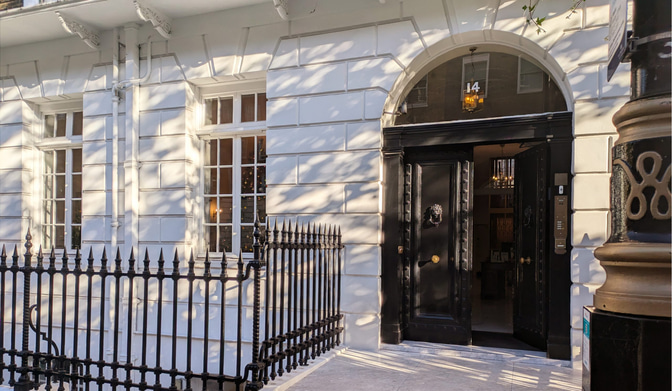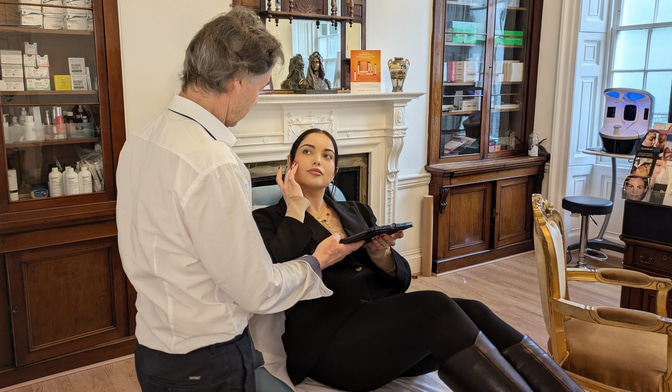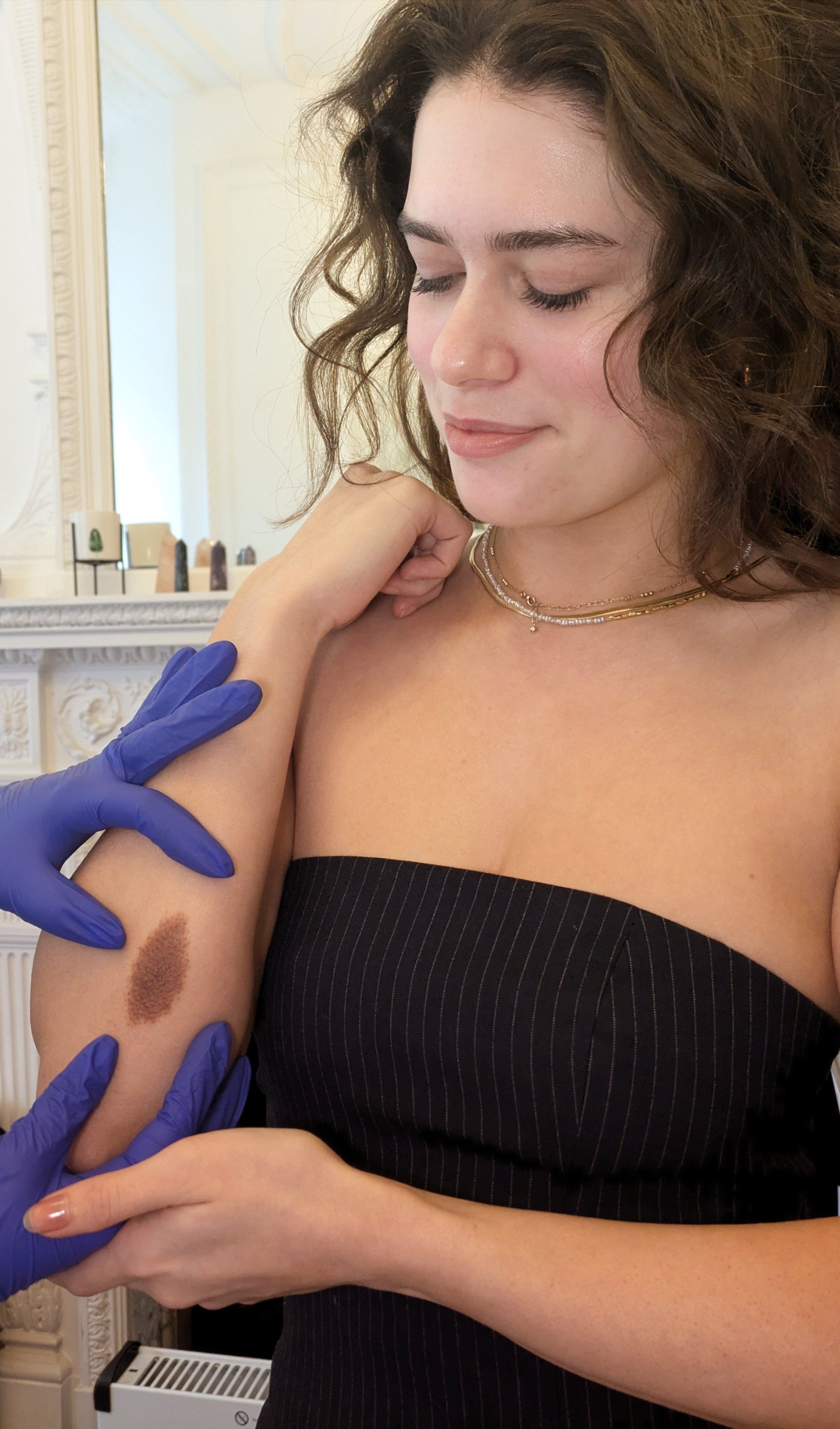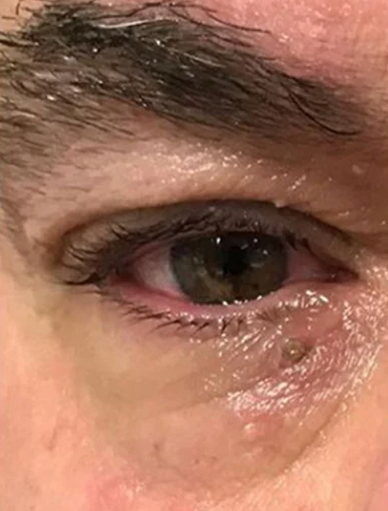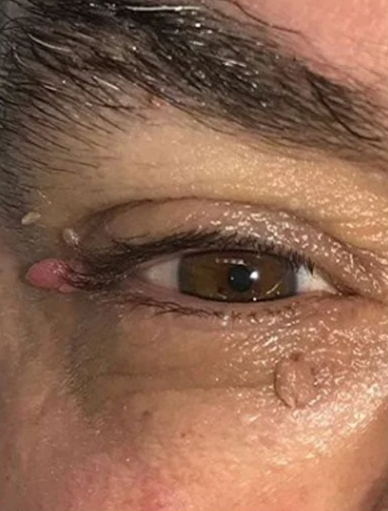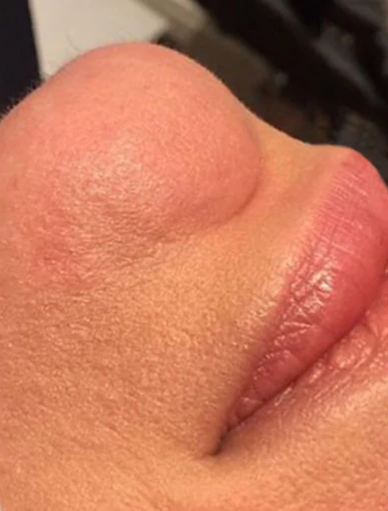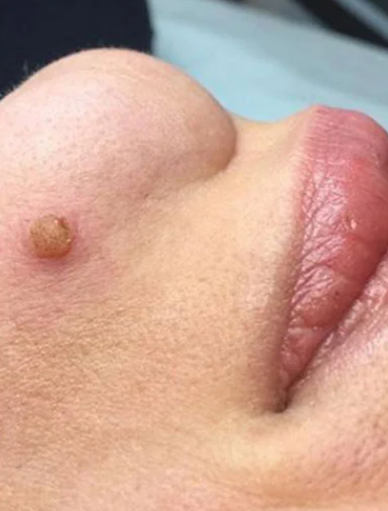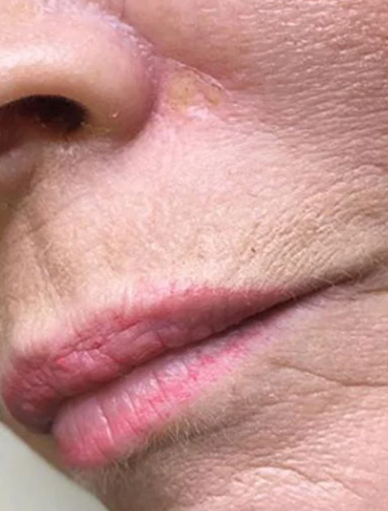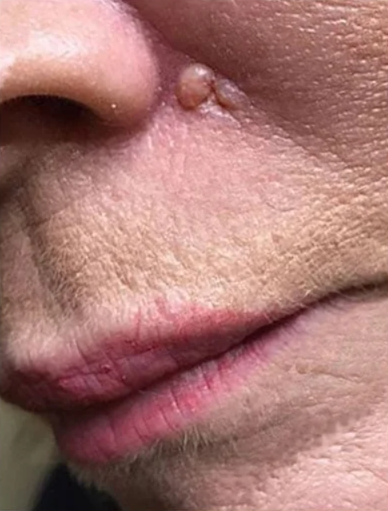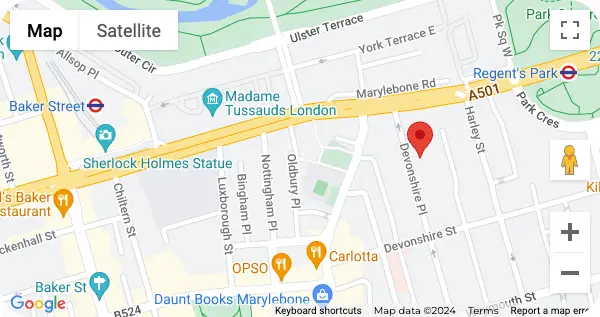Precision Removal
Advanced techniques
Moles are clusters of pigment cells and appear as brown or black spots. They may be raised or flat and can grow anywhere on the body. Cosmetic mole removal treatment aims to eliminate most moles entirely with little scarring, leaving clear skin.
Different safe ways are used by consultant dermatologists to remove moles from any part of the body. It usually does not hurt because we give local anaesthetics. Actually, no downtime is required for recovery immediately after the procedure. It is a common cosmetic problem, and removing it permanently cures it. An experienced dermatologist removes moles for aesthetic and health reasons.
Normal moles are natural, but having lots of raised moles could indicate a greater risk for melanoma, an aggressive form of skin cancer that is best treated early with surgical excision. Facial mole removal treatment is both preventive to avoid health issues and a simple solution for all those who have facial moles and are afraid of the way they look.
Several benefits include:
- Improved appearance
- Reduce health risks
- Preventive measure
- Cosmetic enhancement
- Enhanced confidence



